Best Space Stories of the Week - Feb. 12, 2012
Mars Oceans, Supersonic Space Jump & More
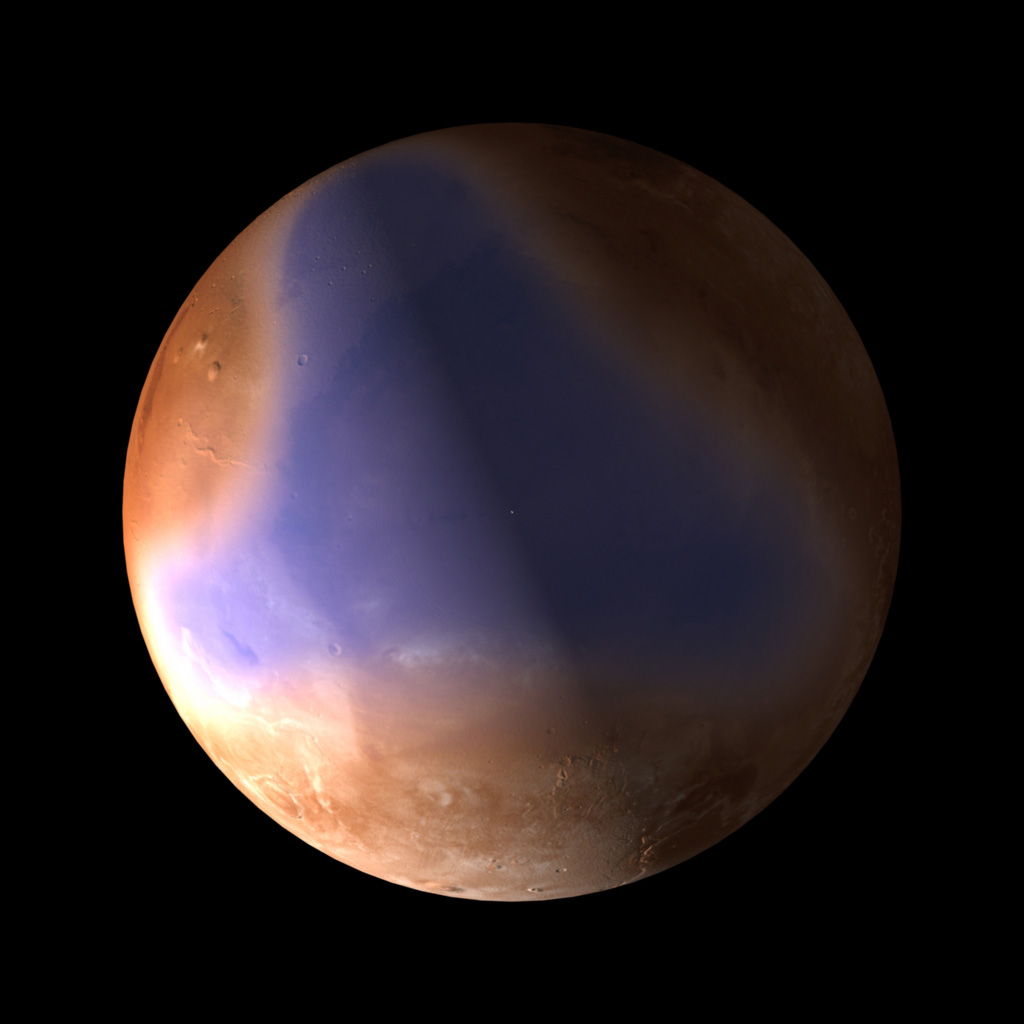
In the last week astronomers have revealed new evidence of ancient oceans on Mars, plans for a record-breaking supersonic "space jump" moved forward and early details about NASA's looming planetary science budget proposal came to light, among other stories. Take a look at the biggest space stories of the past seven days and vote for your favorite.
FIRST STOP: Russia's Space Woes Stress NASA's Need for Private Spaceships
Russia's Space Woes Stress NASA's Need for Private Spaceships

The recent delay of the next manned launch to the International Space Station due to a damaged Russian space capsule highlights NASA's critical need for commercially built vehicles, space policy experts say.
Since the retirement of NASA's space shuttle program last summer, the space agency is now completely reliant on Russian spacecraft to ferry astronauts to and from the orbiting laboratory. In the meantime, several commercial companies are building a new fleet of private spaceships to fill the gap left by the mothballed orbiters. But these transportation services will not be available until at least 2017, NASA officials have said. [Full Story]
NEXT: Signs of Ancient Ocean on Mars Spotted by European Spacecraft
Signs of Ancient Ocean on Mars Spotted by European Spacecraft

A European spacecraft orbiting Mars has found more revealing evidence that an ocean may have covered parts of the Red Planet billions of years ago.
The European Space Agency's Mars Express spacecraft detected sediments on Mars' northern plains that are reminiscent of an ocean floor, in a region that has also previously been identified as the site of ancient Martian shorelines, the researchers said. [Full Story]
NEXT: Skydiver to Attempt Record-Breaking Supersonic Space Jump
Skydiver to Attempt Record-Breaking Supersonic Space Jump

One man's quest to make a record-breaking leap from near the edge of space is nearing make-or-break time.Sponsored by energy drink Red Bull, Austrian extreme athlete Felix Baumgartner, 41, plans to skydive from a balloon in the stratosphere at an altitude of 120,000 feet (36,576 meters). If he can do it, he'll become the first person to break the sound barrier outside of an aircraft. [Full Story]
NEXT: Private Rocket Launch Tests Supersonic Parachute, Reusable Spaceship Tech
Private Rocket Launch Tests Supersonic Parachute, Reusable Spaceship Tech
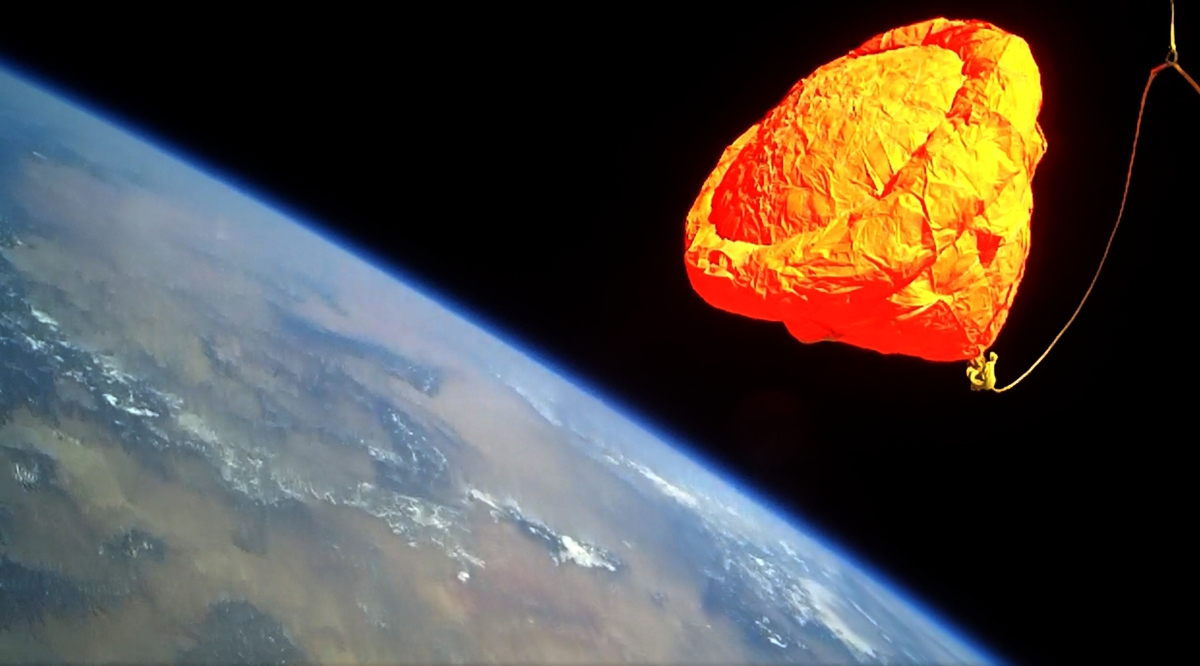
The private spaceflight company Armadillo Aerospace is taking a close look at the results from its latest rocket test in the New Mexico desert — a flight that hit a snag while testing a new launch and balloon parachute technologies.
The Heath, Texas-based company founded by computer game developer John Carmack launched the slender unmanned rocket to an altitude of about 50 miles (82 kilometers) during the Jan. 28 test from New Mexico's Spaceport America. [Full Story]
NEXT: Hidden Secrets of Majestic Nebula Revealed in New Photo
Hidden Secrets of Majestic Nebula Revealed in New Photo

The most detailed image yet of the well-known Carina nebula has been caught by a European telescope, unveiling previously hidden features of an exquisite star nursery.
The European Southern Observatory's Very Large Telescope (VLT) spied the cosmic landscape of gas, dust and young stars in the majestic Carina nebula, which is located about 7,500 light-years away from Earth. The lively star nursery lies deep in the heart of the southern Milky Way, in the constellation of Carina (The Keel). [Full Story]
NEXT: Small Twisted Galaxy Warped by Galactic 'Stealth Merger'
Small Twisted Galaxy Warped by Galactic 'Stealth Merger'

A small newfound galaxy with an oddball shape may be the product of a close encounter with a neighboring galaxy in what scientists are calling a "stealth merger," a new study reveals.
The cosmic discovery came as astronomers investigated an isolated dwarf galaxy known as NGC 4449, which is about 12.4 million light-years away and is a "starburst galaxy," meaning it forms young stars at a furious pace. This galaxy has a distorted shape as well, a look that is wreathed in hydrogen gas abounding with rings, shells and a core spinning the opposite way of the galaxy. Researchers have suspected the galaxy's hyperactivity and complexity might be due to it tangling with another galaxy. [Full Story]
NEXT: A Penny for Mars: US Coin Riding NASA Rover to Red Planet
A Penny for Mars: US Coin Riding NASA Rover to Red Planet
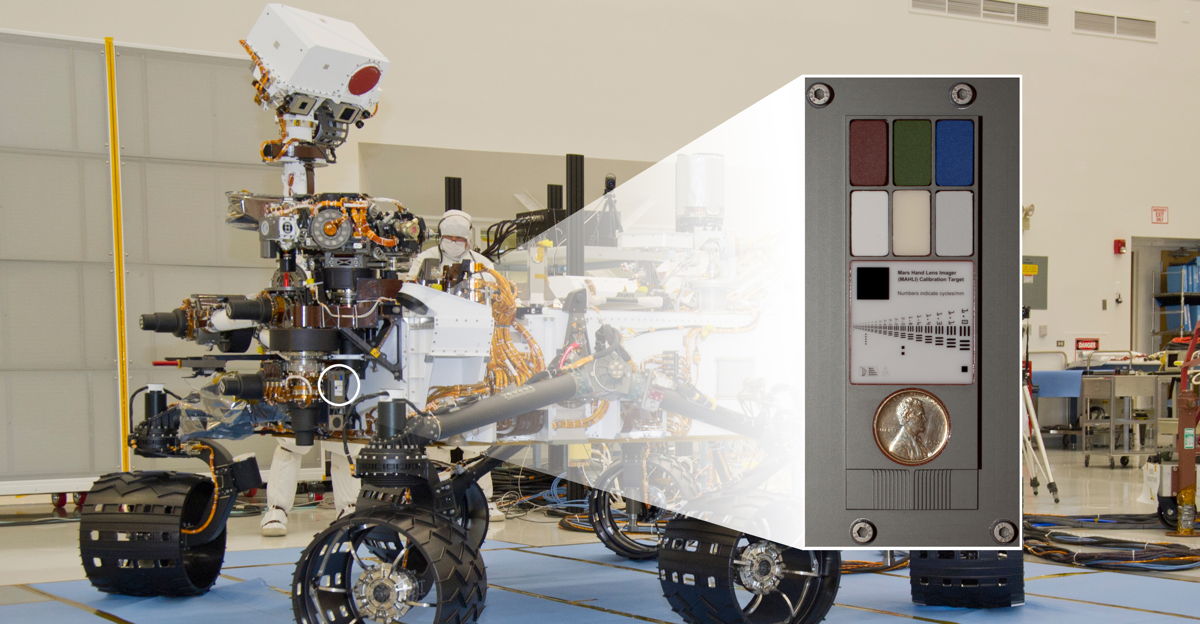
A penny in today's economy does not go very far, but that has not stopped NASA from making a 1-cent piece stretch all the way to another planet: Mars.
The copper coin is attached to a smartphone-size plaque at the end of the robotic arm on Curiosity, NASA's Mars Science Laboratory car-size rover. The plaque, which was added to the vehicle as a calibration target, looks like an eye chart supplemented with color chips and the attached penny. [Full Story]
NEXT: TV's Stephen Colbert Stars in NASA Video for Space Fans
TV's Stephen Colbert Stars in NASA Video for Space Fans
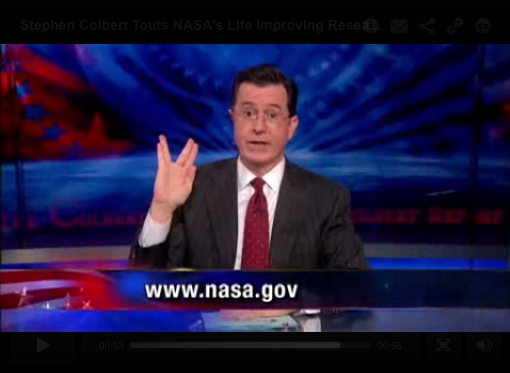
Faux political pundit and TV funnyman Stephen Colbert recently expressed his love for space via a PSA video extolling the virtues of NASA.
"NASA is doing great things at the International Space Station," Colbert says in the video. "Besides working around the clock to create new flavors of astronaut ice cream — come on caramel space chimp swirl — they're also developing new vaccines for salmonella, MRSA [a staph infection] pneumonia..."
Colbert, star of the Comedy Central news show "The Colbert Report," is a long-time space fan who even has a treadmill on the space station named after him. [Full Story]
NEXT: Our Galaxy's Giant Black Hole May Munch on Asteroids
Our Galaxy's Giant Black Hole May Munch on Asteroids

The gigantic black hole at the heart of our Milky Way galaxy may be devouring asteroids on a daily basis, a new study suggests.
For several years, NASA's Chandra spacecraft has detected X-ray flares about once a day coming from our galaxy's central black hole, which is known as Sagittarius A* (Sgr A* for short). These flares may be caused by asteroids falling into the supermassive black hole's maw, according to the study. [Full Story]
NEXT: Big NASA Budget Cuts to Slash Mars Missions, Experts Say
Big NASA Budget Cuts to Slash Mars Missions, Experts Say
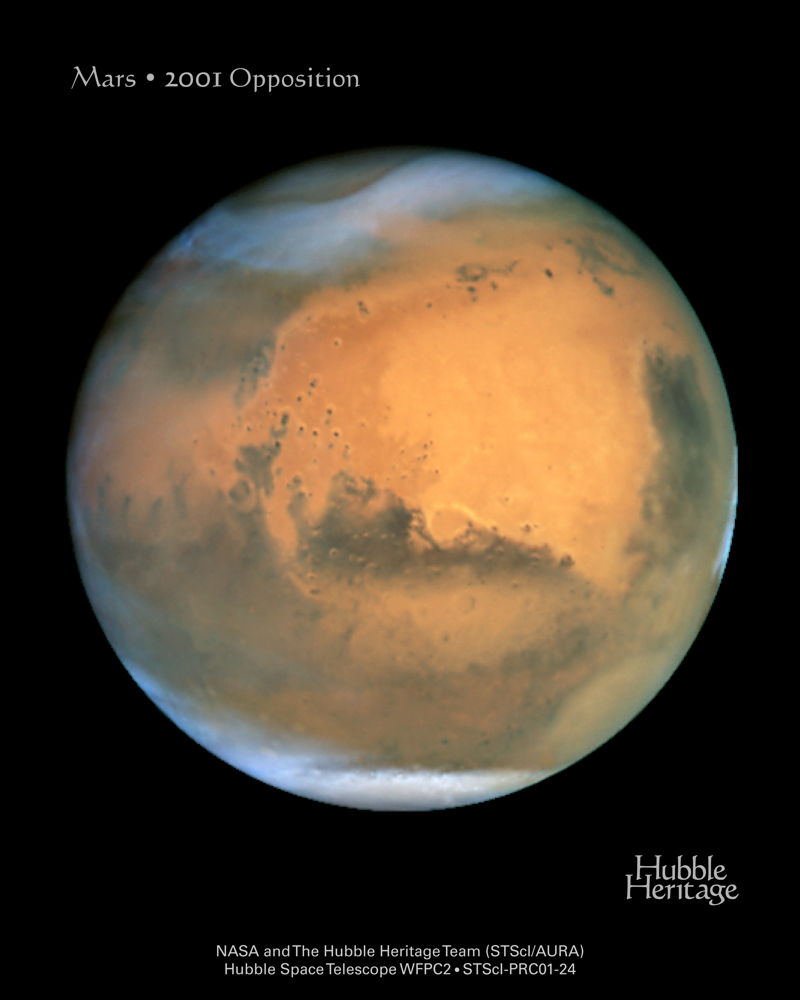
NASA's budget for the next fiscal year is likely to include deep cuts to planetary science programs, forcing the space agency to withdraw altogether from an international effort to send two new missions to Mars, experts say.
President Barack Obama is slated to submit his administration's federal budget request for fiscal year 2013 on Monday (Feb. 13), and NASA will hold a series of briefings to discuss its share on the same day. While exactly how much money is allocated to NASA is unknown, insiders expect a significant reduction in the portion slotted for robotic exploration of Mars and other solar system bodies. [Full Story]
NEXT: NASA Eyes Plan for Deep-Space Outpost Near the Moon
Join our Space Forums to keep talking space on the latest missions, night sky and more! And if you have a news tip, correction or comment, let us know at: community@space.com.
Get the Space.com Newsletter
Breaking space news, the latest updates on rocket launches, skywatching events and more!

Space.com is the premier source of space exploration, innovation and astronomy news, chronicling (and celebrating) humanity's ongoing expansion across the final frontier. Originally founded in 1999, Space.com is, and always has been, the passion of writers and editors who are space fans and also trained journalists. Our current news team consists of Editor-in-Chief Tariq Malik; Editor Hanneke Weitering, Senior Space Writer Mike Wall; Senior Writer Meghan Bartels; Senior Writer Chelsea Gohd, Senior Writer Tereza Pultarova and Staff Writer Alexander Cox, focusing on e-commerce. Senior Producer Steve Spaleta oversees our space videos, with Diana Whitcroft as our Social Media Editor.
